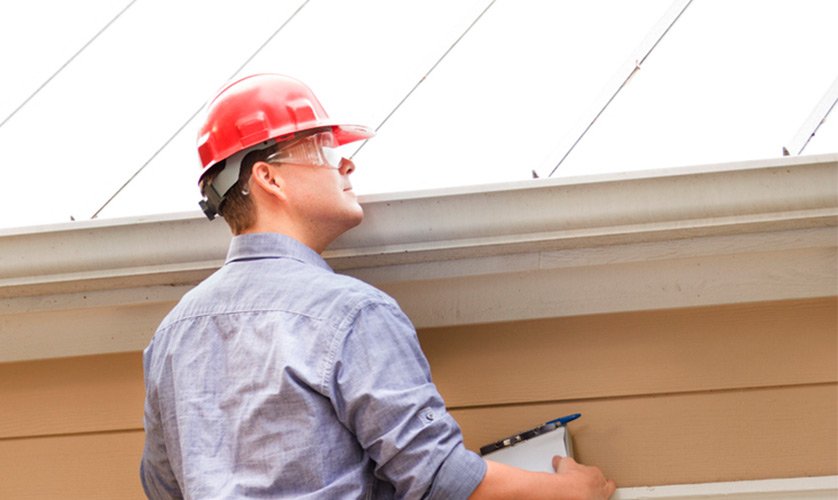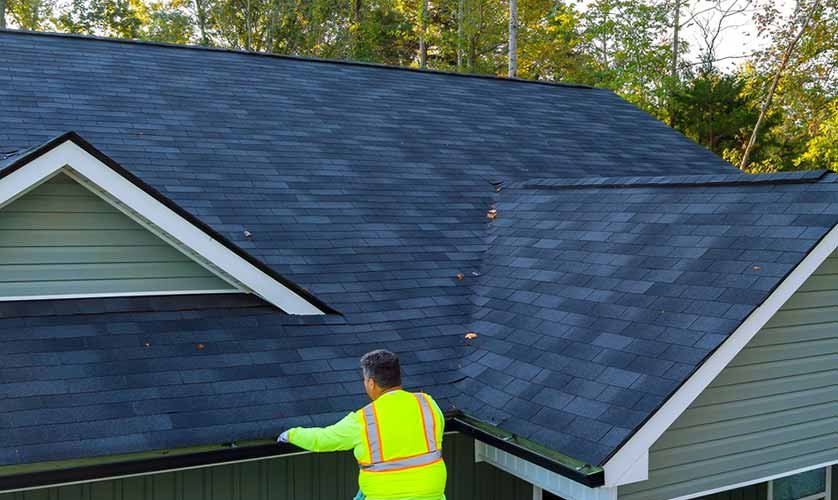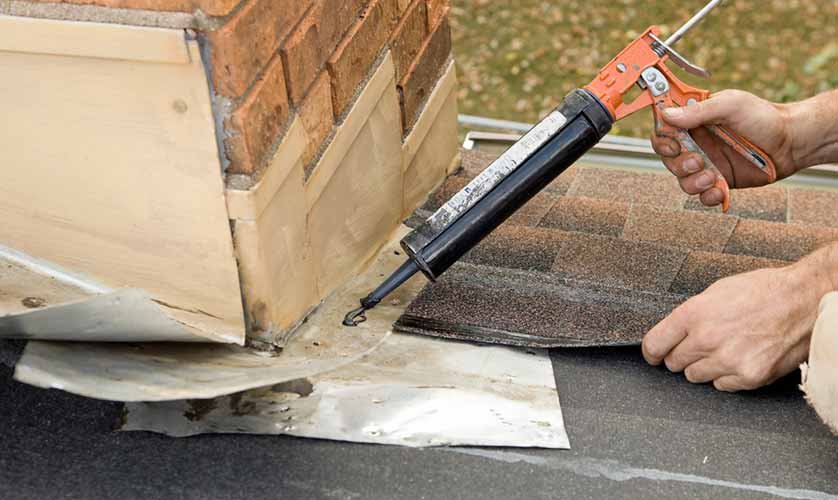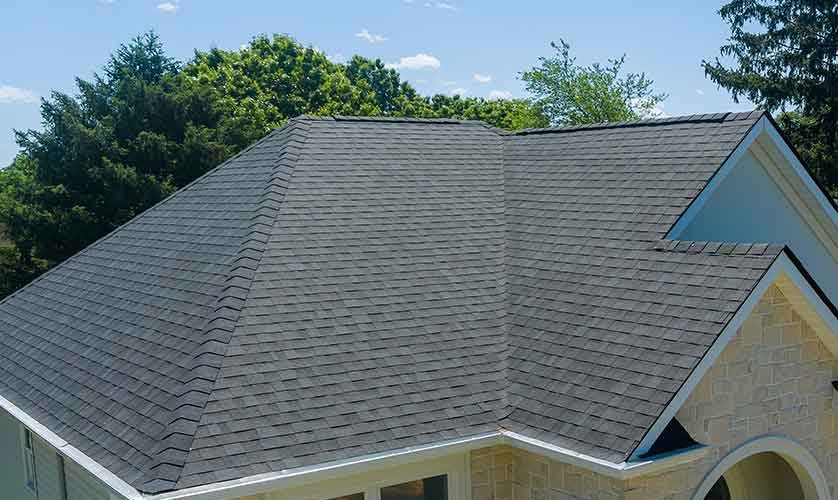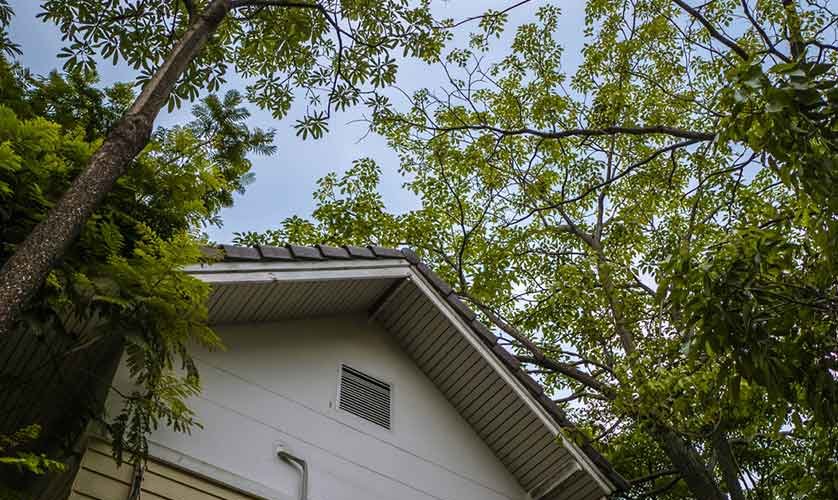As we approach the end of the year, Orlando homeowners with metal roofing have a golden opportunity to prepare their homes for the New Year. Metal roofing, known for its durability, long lifespan, and energy efficiency, is a popular choice in Florida’s unique climate. However, to ensure it provides optimal protection and maintains its aesthetic appeal, you need regular maintenance. Read on as Next Level Roofers shares a checklist that covers all basic inspection, cleaning, and minor repairs to keep
As a homeowner or property manager in Orlando, FL, understanding the necessity of regular roof inspections is paramount to maintaining the longevity and integrity of your property. While the roof is critical in protecting your home from Florida’s dynamic weather conditions, it’s often one of the most neglected parts of a property. In this blog, Next Level Roofers delves into compelling reasons why your roof requires regular professional inspections, underlining the importance of consistent upkeep to prevent underlying issues from
In harsh climates, paying special attention to the most vulnerable parts of your roof is crucial. Understanding how to care for these parts can significantly extend the life of your investment. To help you out, Next Level Roofers, one of the top local roofing companies, shares some practical tips on maintaining key areas of your roof.
Extending your roof’s service life is not just about saving money on frequent repairs; it’s also about getting the most out of it to ensure your home’s structural integrity remains intact and your family protected from whatever Mother Nature throws your way. In this post, Next Level Roofers, one of the top local roofers, takes a look at the top things you can do to keep your roof in great shape, ensuring it continues to protect you and your family
Despite the appeal trees surrounding your home provide, it must be noted that they can pose a threat to your roof and home. That is, if you don’t give them the care and attention they deserve. In this post, Next Level Roofers, one of the most reliable sloped and flat roof contractors in the area, share some of the ways trees can cause damage to your property and how to deal with them.

